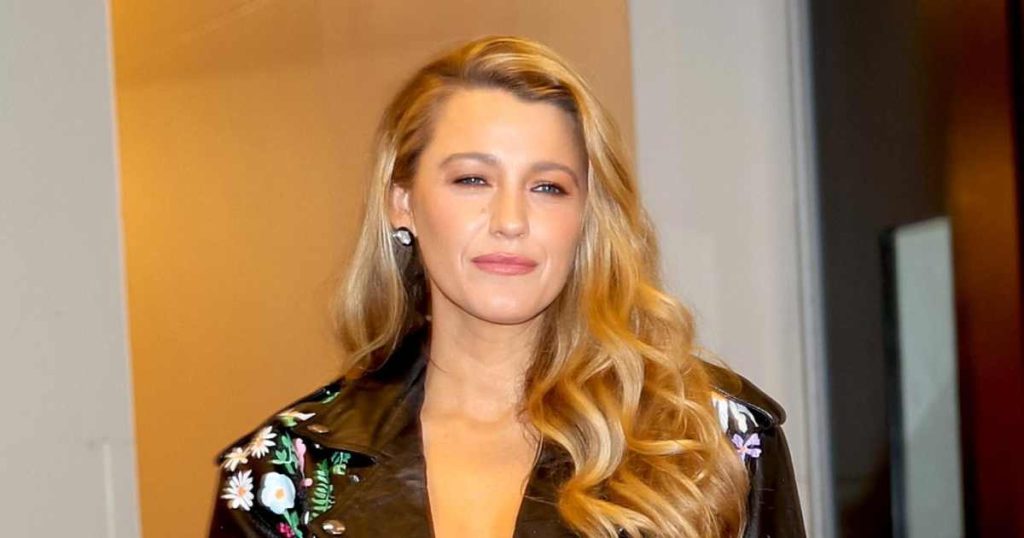Blake Lively’s lawsuit against Justin Baldoni, director and co-star in the film adaptation of It Ends With Us, has sparked a contentious legal battle with far-reaching implications. Lively’s suit, filed in the Southern District of New York, alleges a range of offenses including sexual harassment, retaliation, breach of contract, infliction of emotional distress, invasion of privacy, and lost wages. The suit also names publicists Melissa Nathan and Jennifer Abel, as well as Wayfarer Studios, alongside Baldoni. This legal action follows a complaint filed with the California Civil Rights Department containing similar allegations. Lively’s public statement emphasizes her hope that the lawsuit will expose retaliatory tactics used against those who speak out about misconduct, offering protection to potential future victims.
The timing of the lawsuit is particularly noteworthy given Lively’s earlier advocacy for intimacy coordinators on film sets. Just three months prior to filing the suit, Lively highlighted the crucial role of these professionals in ensuring the safety and comfort of actors during intimate scenes. She likened the work of intimacy coordinators to that of stunt and dance coordinators, emphasizing the importance of choreography and clear communication to prevent misunderstandings and potential harm. This prior stance contrasts sharply with Baldoni’s counter-claims and underscores the complex nature of the allegations.
Baldoni responded to Lively’s suit with a $250 million lawsuit against The New York Times, accusing the newspaper of libel and false light invasion of privacy. He alleges the publication selectively presented information, omitting crucial context to create a misleading narrative. The lawsuit paints Lively’s actions as a calculated smear campaign designed to bolster her public image and exert undue control over the film’s production, exploiting false accusations of sexual harassment. Baldoni’s legal team contends that Lively’s public pronouncements on the importance of intimacy coordinators are disingenuous, asserting that she never actually engaged with one during the filming of It Ends With Us.
Baldoni’s attorney, Bryan Freedman, issued a scathing statement accusing Lively and her team of orchestrating a "vicious smear campaign," claiming The New York Times abandoned journalistic integrity to appease powerful Hollywood figures. Freedman argues that the newspaper manipulated information to fit a predetermined narrative designed to rehabilitate Lively’s supposedly declining public image and counter online criticism. He further characterized Lively’s actions as a manipulative strategy to gain control over the film’s production, leveraging false allegations of sexual harassment. The stark contrast between Lively’s earlier public statements advocating for intimacy coordinators and Baldoni’s assertion that she never utilized one on set further complicates the narrative.
The dueling lawsuits highlight a complex power dynamic and the potential for conflicting narratives in high-profile cases involving allegations of misconduct. Lively’s lawsuit positions her as an advocate for safer working environments in the entertainment industry, seeking to hold those she accuses of misconduct accountable. Conversely, Baldoni’s lawsuit portrays him as the victim of a calculated smear campaign, alleging that Lively weaponized false accusations for personal gain and control. The involvement of The New York Times adds another layer to the conflict, raising questions about journalistic ethics and the role of media in shaping public perception.
The legal battle between Blake Lively and Justin Baldoni promises to be a protracted and contentious affair, with potentially significant repercussions for all parties involved. The conflicting narratives presented by each side underscore the challenges inherent in adjudicating such cases, where the truth can be obscured by competing interests and public relations strategies. The outcome of these lawsuits could have broader implications for the entertainment industry, influencing discussions about power dynamics, workplace conduct, and the handling of misconduct allegations. The case also raises crucial questions about the role of the media in reporting on such sensitive issues and the potential for media narratives to influence public opinion and legal proceedings.

